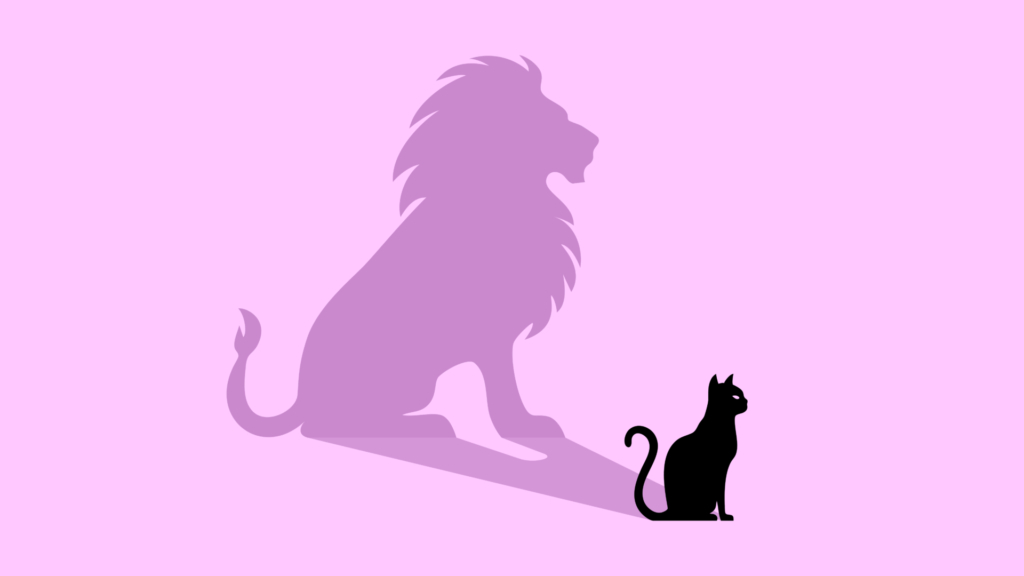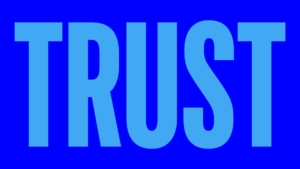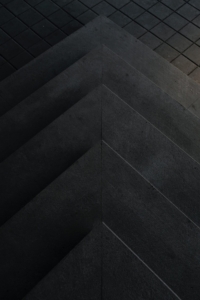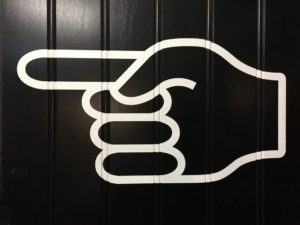Workshops can be awkward. I’ve seen CMOs twist and turn when asked to describe their current mood with a single word. CEOs glance at their watches while folding paper planes to get in the right headspace for a conversation about brand positioning.
But here’s the twist: I’ve also seen those people light up, suddenly energetic, passionate, and involved when asked to decide whether their brand is more of an “Innocent” or a solid “Regular Guy.”
What is it about this question that hooks people?
Archetypes tap into something deeper than business strategy
They’re drawn from stories told across cultures for as long as people have been telling stories. You already know them. The wise old Dumbledore, the rebellious Robin Hood, the innocent Forrest Gump. These characters are familiar not because we’ve seen them before – but because we feel them. Instinctively.
That’s why they work in branding.
When we say a brand is a Sage or a Rebel, we’re giving it a worldview. A personality. A story people can emotionally connect with.
Take Nike. It doesn’t just act like a Hero, it lives it. From the rallying cry of “Just Do It” to the way it elevates athletes in every campaign, Nike consistently embodies courage, determination, and a drive to overcome. That’s the power of an archetype done right.
Some argue that brands with clear human traits create stronger emotional connections. Archetypes help shape everything from messaging to internal culture. They create clarity, not just for customers, but for leadership teams, too.
Of course, not everyone agrees
Critics say archetypes are too broad – that they describe categories more than individual brands. And that critique isn’t wrong. If every outdoor brand is The Explorer and every kid’s brand is The Magician, you’ve got a crowded playing field. But it also misses the point. Archetypes aren’t the answer – they’re a question. One that helps cut through the clutter and start a conversation.
And no, the 12 classic archetypes don’t apply perfectly to every brand. They’re frameworks, not magic spells. I’ve never worked with a brand that fits neatly into just one of them, and honestly, they shouldn’t.
You might walk into a workshop convinced your brand is the bold, brave Hero. Then someone suggests it also has a touch of The Regular Guy or even a whisper of The Lover. Suddenly, the story deepens. The character becomes more real. Now you’ve got something to work with
It’s not about labels, it’s about language
You use the archetypes to spark the right kind of internal conversations. Conversations that help teams move beyond buzzwords and into shared understanding. Because brands, like people, are layered. And that’s what makes them relatable.
Some might say that brand archetypes are “fluffy”. And that’s true – they won’t tell you how to price your product or fix your supply chain. But when it comes to shaping how your brand shows up, and how it positions itself against the competition they are remarkably effective. Think of them as tools for early conversations. They don’t replace strategy; they help kick-start it.
Curious what your brand might be? Let’s explore it together.
Helena Helsing Mork
Copywriter & Concept Developer at Grow
helena.helsing.mork@grow.eu




